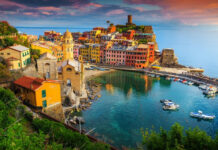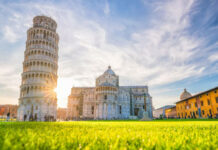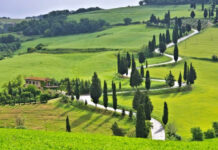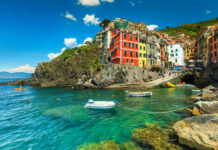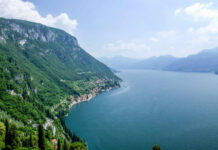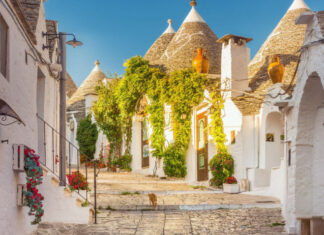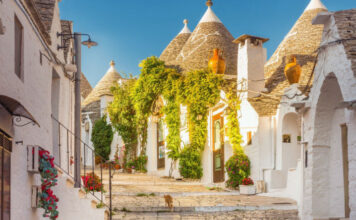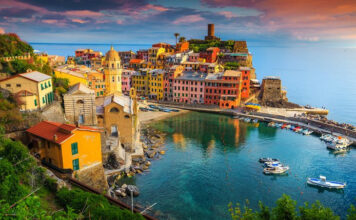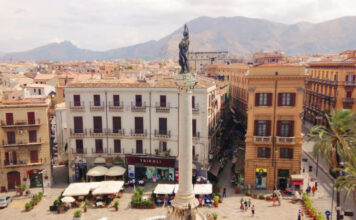Italy has more UNESCO World Heritage sites than any country on the planet. Home to 60 UNESCO-protected culturally and naturally significant places, Italy holds more than its fair share of human history and natural beauty within its borders.
To explore the stunning statistics behind the UNESCO World Heritage sites of Italy and why they are so special.
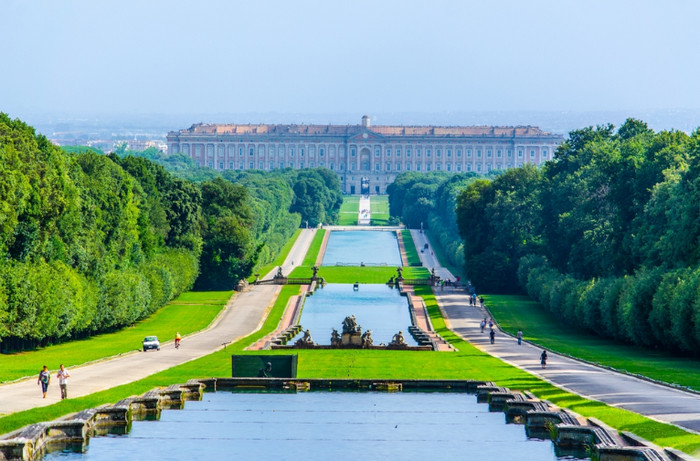
Breaking Down Italy’s UNESCO Sites
Before we dive into the full list of Italy’s UNESCO sites, let’s take a look at some statistics:
60 Total Sites
No wonder as of 2025 it had 60 sites on the UNESCO World Heritage List, more than any other nation on earth. The most recent was the Via Appia Antica, or Appian Way, “Queen of Roads,” which was added to the list in 2023, making it Italy’s 60th World Heritage site.
52 Cultural Sites
Fifty-two of Italy’s UNESCO World Heritage sites are categorized as cultural sites, which account for the majority to date. They embody Italy’s vast cultural legacy in fields such as architecture, art, archaeology and history.”
There are 952 cultural UNESCO sites globally, so Italy’s 52 represent a significant proportion of the world’s protected cultural heritage sites.
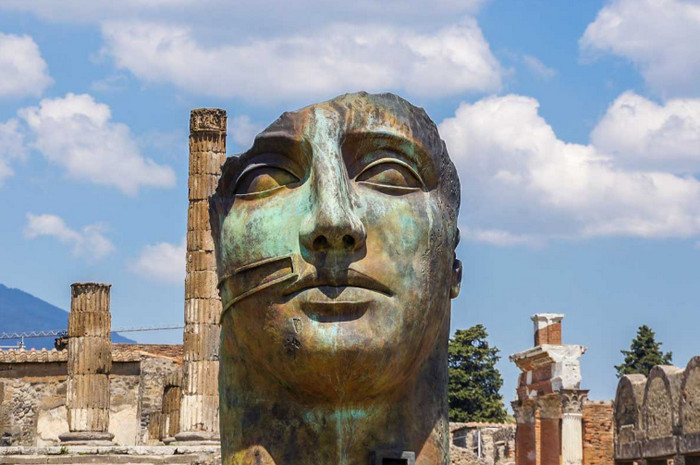
5 Natural Sites
Though the majority of Italy’s sites are cultural, the country is home to five natural World Heritage Sites, including the Dolomites of northern Italy and the Mount Etna volcano. Italy’s rich natural landscapes and environments are showcased on these natural wonders.
3 Mixed Sites
Italy has only a few (3) mixed sites, which means that they have cultural and natural criteria for inclusion on the World Heritage List. One example of Italy’s mixed sites is the Cilento and Vallo di Diano National Park.
1,223 Global UNESCO Sites
Big picture, there are 1,223 World Heritage sites worldwide as of 2023. They can be found in 168 different countries and territories, which makes Italy’s 60 sites even more remarkable.
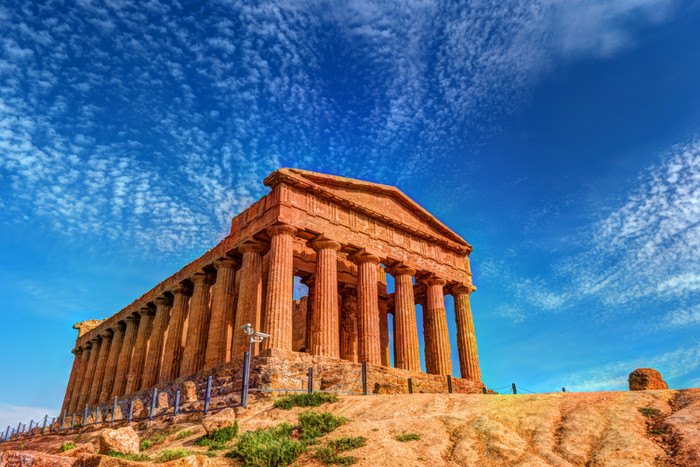
UNESCO Meditation of Famous Landmarks in Italy
This fact explains why many of the most famous and admired sites in Italy are protected with UNESCO World Heritage status. Here are some of the best-known ones:
The Colosseum and Roman Forum in Rome
The Colosseum is perhaps the most well-known of Italy’s landmarks and an incredible triumph of Roman engineering. Next door, the Roman Forum was the beating heart of the Roman Empire. The ancient sites together shed light on everyday life in the Roman period.
The 5th most visited monument in the world, the Colosseum receives over 7 million visitors annually.
Pompeii and Herculaneum
The archaeological remains of these two cities offer a glimpse into Roman life brought to an abrupt end by the eruption of Mount Vesuvius in 79 A.D. The ash and lava that buried residents and buildings preserved them in pristine condition for rediscovery centuries later.
Historic Center of Florence
Florence, the birthplace of the Renaissance, is home to unparalleled artistic and architectural masterpieces. The historic center also encompasses such sights as the Duomo, the Piazza della Signoria and the Uffizi Gallery, home to works by da Vinci, Michelangelo and Raphael.
Venice and Its Lagoon
With its labyrinthine canals and grandiose architecture, Venice is one of the most singular cities in the world. Its strategic position on the Adriatic and historic role as a sea power contributed to its one-of-a-kind organization and civilization
Yet overtourism and rising sea levels threaten Venice’s preservation today.
The Economic Impact of UNESCO Sites in Italy
Italy generates massive tourism revenue for Italy. Italy has benefited culturally and economically from World Heritage status, providing the country with an array of important sites that bring visitors eager to experience these places in person.
For instance, it’s estimated that Colosseum visitors account for around $35 million in revenue from simply admission tickets alone. Other financial flows are also in the equation — jobs empowered by tourism, hotels, restaurants, souvenirs, et cetera.
These sites need to be managed sustainably so their footprints don’t end up too dirty. But on the whole, the UNESCO designation has created a tourism boom that greatly feeds Italy’s local and national economies.
Why Is Italy the Country With the Most UNESCO Sites?
Considering the numbers and notoriety behind Italy’s UNESCO World Heritage sites, how has Italy managed to get so many more sites than any country? There are a few key reasons:
Rich, Multi-Era History
Italian history spans thousands of years and includes the Roman Empire, medieval city-states, the Renaissance and more. That leaves a substantial density of historic buildings, art and ruins throughout Italy’s cities and regions.
Diverse Natural Landscapes
From alpine peaks to volcanic islands, Italy’s natural landscapes are extremely diverse in a relatively small geographic area. This diversity is acknowledged in natural World Heritage sites such as the Dolomites and Mount Etna.
Strong Protection Policies
Italy has enacted comprehensive national laws and policies aimed at protecting cultural heritage sites in particular. Prioritization of cooperation with UNESCO through site nominations and protection measures.
Intense protection of historic city centers also blocks modern development from encroaching on sites’ authenticity.
Final Thoughts
Italy’s 60 World Heritage sites offer unique perspectives on so many eras of human civilization.
From ancient Roman structures to Renaissance architecture and art to the natural landscapes through the Apennines and Mediterranean, motifs of Italy throughout time come together to share Italy’s story.
These are sites have outstanding universal value to humanity, which is why UNESCO preserves them as irreplaceable world heritage. Italians have managed to keep so many of these important sites

